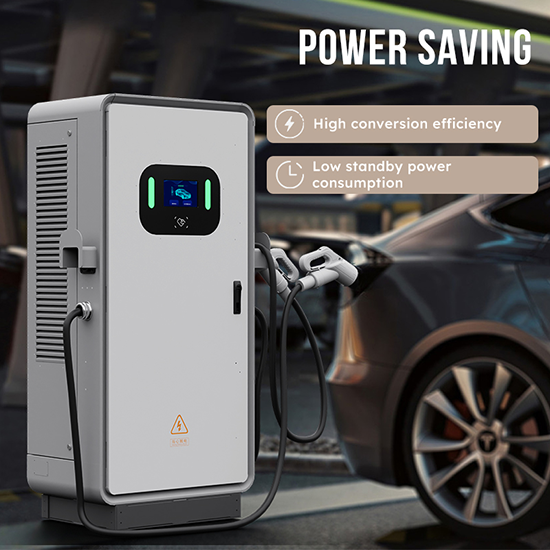As electric vehicles (EVs) continue to gain traction globally, the infrastructure supporting them must keep pace. Central to this development are public car charging stations, which represent the pinnacle of current EV charging technology. This article delves into the various technological aspects that make public car charging stations essential for the future of electric mobility.

1. Power Conversion Technology
At the heart of every public car charging station lies the power conversion system. This technology is responsible for converting alternating current (AC) from the grid into direct current (DC) suitable for charging EV batteries. High-efficiency converters are employed to minimize energy loss during this conversion process. Advanced power electronics ensure that the output is stable and capable of delivering high power levels, significantly reducing charging time compared to traditional AC chargers.
2. Cooling Systems
The high power output of public car charging stations generates substantial heat, necessitating robust cooling systems. These systems can be liquid-cooled or air-cooled, with liquid cooling being more efficient for high-power applications. Efficient cooling is crucial not only for the safety and longevity of the charging station components but also for maintaining consistent charging performance. By effectively managing thermal loads, these cooling systems ensure that the public car charging station operates within safe temperature ranges even during peak usage.
3. Communication Protocols
Modern public car charging stations are equipped with sophisticated communication systems that enable seamless interaction with EVs and central management systems. Protocols such as ISO 15118 facilitate the exchange of information between the charger and the vehicle, allowing for functionalities like Plug & Charge, where the vehicle is automatically identified, and billing is handled seamlessly. This communication layer also enables real-time monitoring and diagnostics, ensuring that any issues with public car charging stations can be quickly identified and resolved.
4. Smart Grid Integration
Public car charging stations are increasingly integrated with smart grid technologies, enhancing their efficiency and sustainability. Through smart grid integration, these stations can optimize charging times based on grid demand, reducing the strain during peak hours and taking advantage of lower rates during off-peak times. Furthermore, they can be coupled with renewable energy sources, such as solar and wind power, to provide green energy for EVs. This integration helps in balancing the grid and promoting the use of clean energy.
5. User Interface and Experience
A user-friendly interface is paramount for the widespread adoption of public car charging stations. Touchscreen displays, intuitive menus, and mobile app connectivity provide users with a seamless and straightforward charging experience. These interfaces offer real-time information on charging status, estimated time to full charge, and cost. Additionally, features like contactless payment options and remote monitoring through mobile apps enhance convenience for users.
6. Safety Mechanisms
Safety is a critical consideration in the design and operation of public car charging stations. Advanced safety mechanisms include ground fault protection, overcurrent protection, and thermal management systems. These features ensure that both the charging station and the connected EV are protected from electrical faults and overheating. Regular firmware updates and stringent testing protocols further enhance the reliability and safety of these charging systems.
7. Scalability and Future-Proofing
The scalability of public car charging infrastructure is vital to accommodate the growing number of EVs. Modular designs allow for the easy expansion of charging networks, enabling operators to add more charging points as demand increases. Future-proofing technologies, such as bi-directional charging (V2G - Vehicle to Grid), are also being integrated, allowing EVs to supply power back to the grid, thereby supporting energy storage and grid stability.
Conclusion
Public car charging stations represent a convergence of advanced technologies that together provide a fast, efficient, and safe charging solution for electric vehicles. From power conversion and cooling systems to smart grid integration and user interfaces, each technological layer contributes to the overall effectiveness and reliability of these stations. As the adoption of electric vehicles continues to rise, the role of public car charging stations will become increasingly pivotal, driving the transformation towards a more sustainable and electrified transportation future. The advancements in public car charging stations are not only making EV charging faster and more convenient but also supporting the global push towards greener energy solutions.
Contact Us:
For personalized consultation and inquiries about our charging solutions, please contact Lesley:
Email: sale03@cngreenscience.com
Phone: 0086 19158819659 (Wechat and Whatsapp)
Sichuan Green Science & Technology Ltd., Co.
Post time: Aug-03-2024




